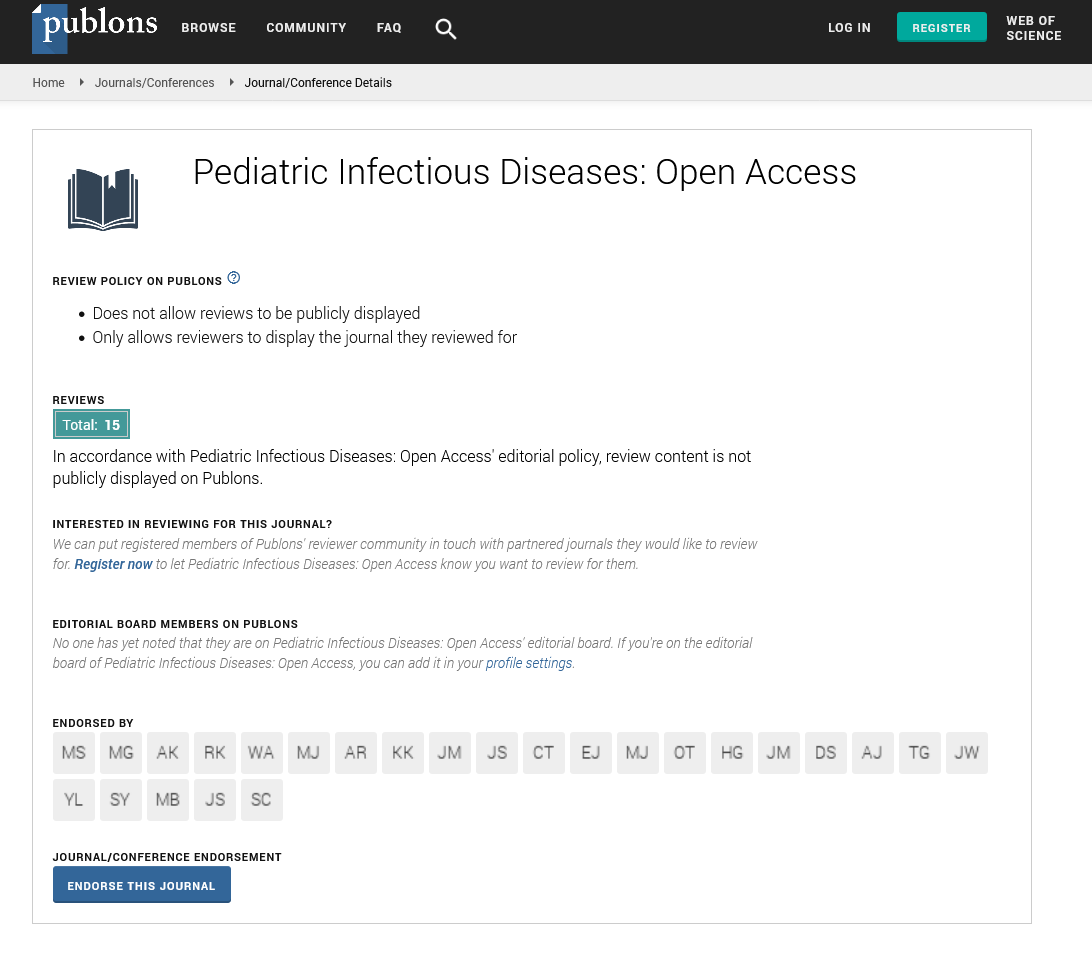Abstract
Recent emerging gut microbiome management modalities in acute diarrheain children: (a comparative study review of different probiotic strains) an update!
Introduction: Acute Diarrheal Diseases considered as the most common leading causes of children mortality all over the globe. Today, only 39 per cent of children with Diarrhea in developing countries receive the recommended treatment, and limited trend data suggest that there has been little progress since 2000, more than 386000 children dies in India only due to A. Diarrhea every year. An international commitment to tackle childhood Diarrhea in the 1970s and 1980s resulted in a major reduction in child deaths. This came about largely through the scaling up of oral rehydration therapy, coupled with programs to educate caregivers on its appropriate use.But these efforts lost momentum as the world turned its attention to other global emergencies. Our review aims to search &updates the Evidence Based Review Articles that study the use of specific probiotic strains, namely Lactobacillus rhamnosus GG (LGG) and Saccharomyces boulardii, for the management of children with acute gastroenteritis (AGE) as an adjunct to rehydration therapy. This Literature Review also aim to show us the role of different probiotics in the treatment of acute diarrhea in children. â??â??Probiotics may be an effective adjunct to the management of diarrhea".L. rhamnosus GG (LGG) significantly reduced duration of diarrhea, daily stool outputs, improved stool consistency and reduced no. of hospitalization and fever in children compared to other probiotics (B. clausii and S. boulardii) & ORS group as we will discuss now. The guidelines recommend the use of the specific probiotic strains, namely Lactobacillus rhamnosus GG (LGG) and Saccharomyces boulardii, for the management of children with acute gastroenteritis (AGE) as an adjunct to rehydration therapy.
Author(s): Said M. M. El Deib
Abstract | Full-Text | PDF
Share this

Google scholar citation report
Citations : 230
Pediatric Infectious Diseases: Open Access received 230 citations as per google scholar report
Pediatric Infectious Diseases: Open Access peer review process verified at publons
Abstracted/Indexed in
- Google Scholar
- China National Knowledge Infrastructure (CNKI)
- Cosmos IF
- Secret Search Engine Labs
Open Access Journals
- Aquaculture & Veterinary Science
- Chemistry & Chemical Sciences
- Clinical Sciences
- Engineering
- General Science
- Genetics & Molecular Biology
- Health Care & Nursing
- Immunology & Microbiology
- Materials Science
- Mathematics & Physics
- Medical Sciences
- Neurology & Psychiatry
- Oncology & Cancer Science
- Pharmaceutical Sciences


